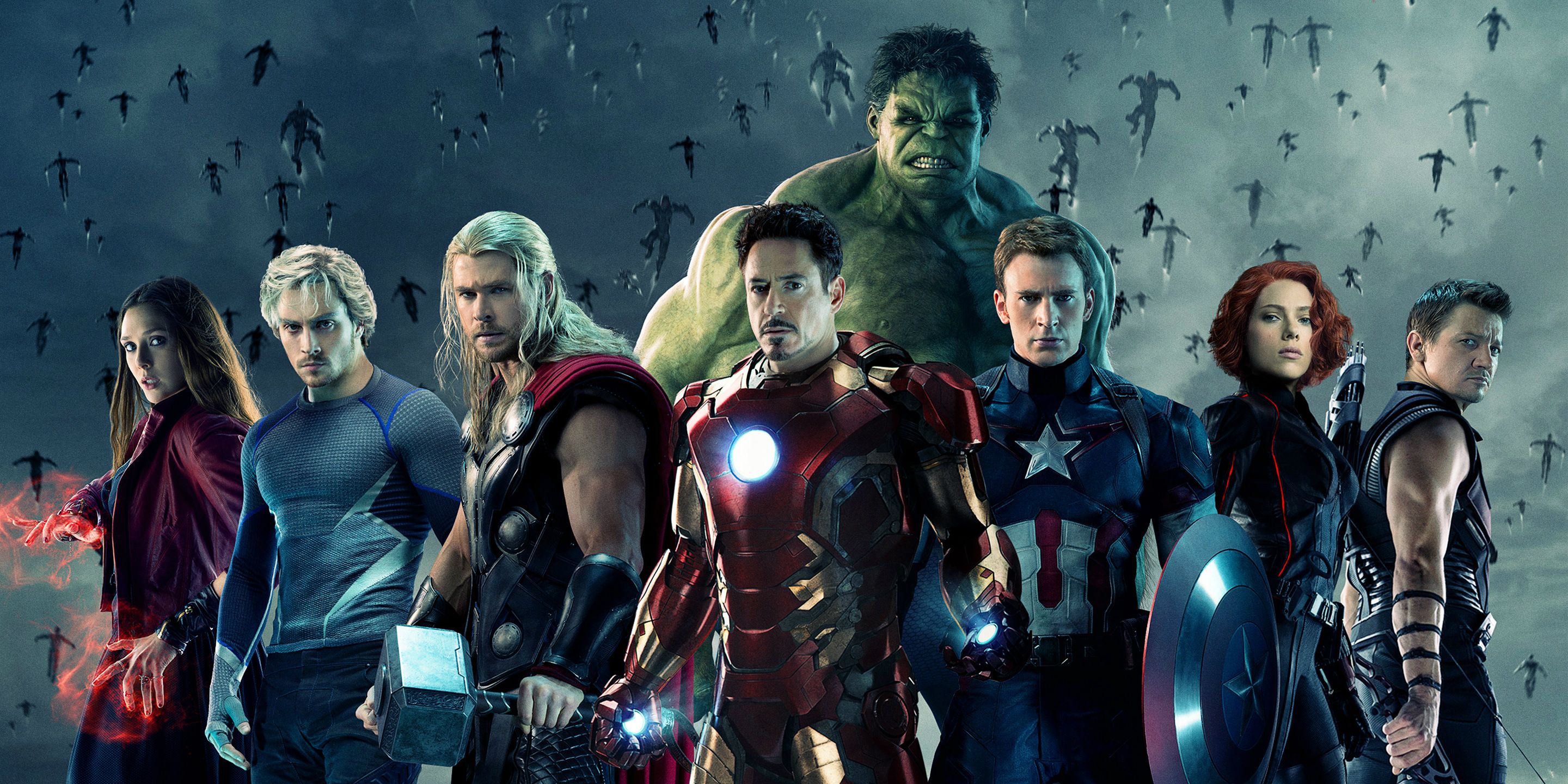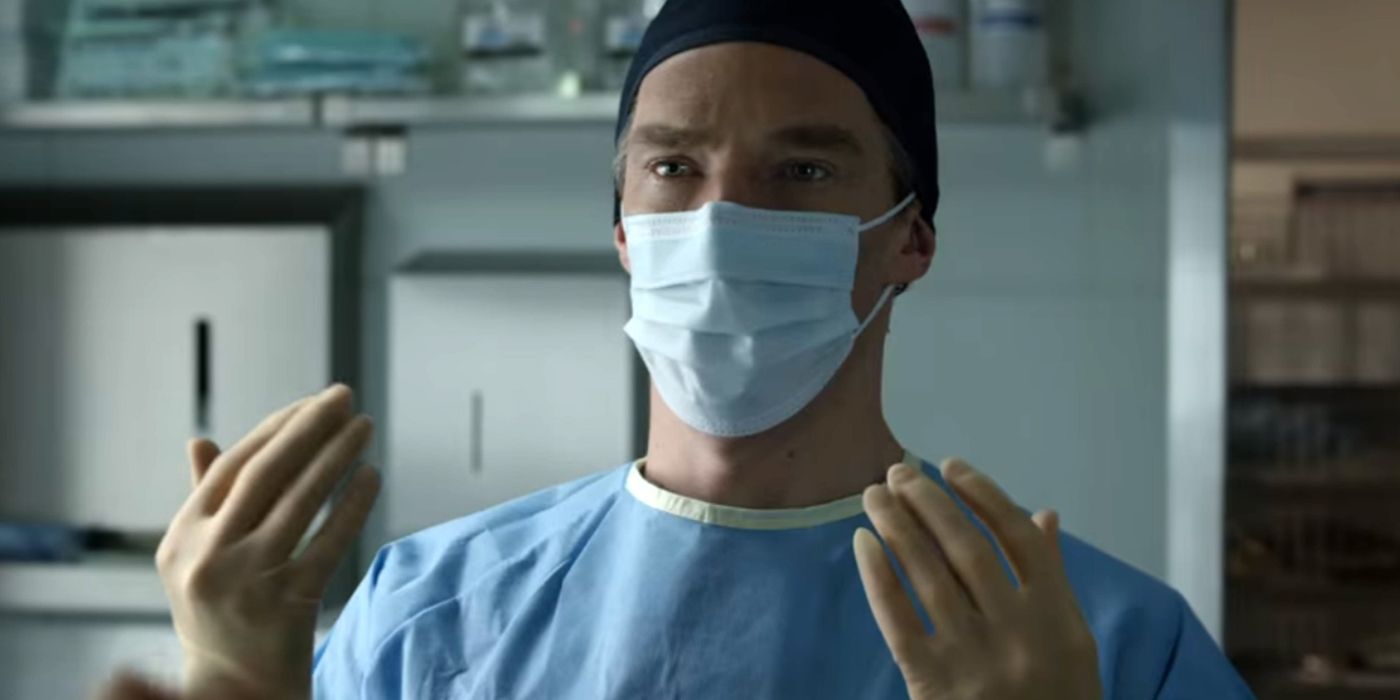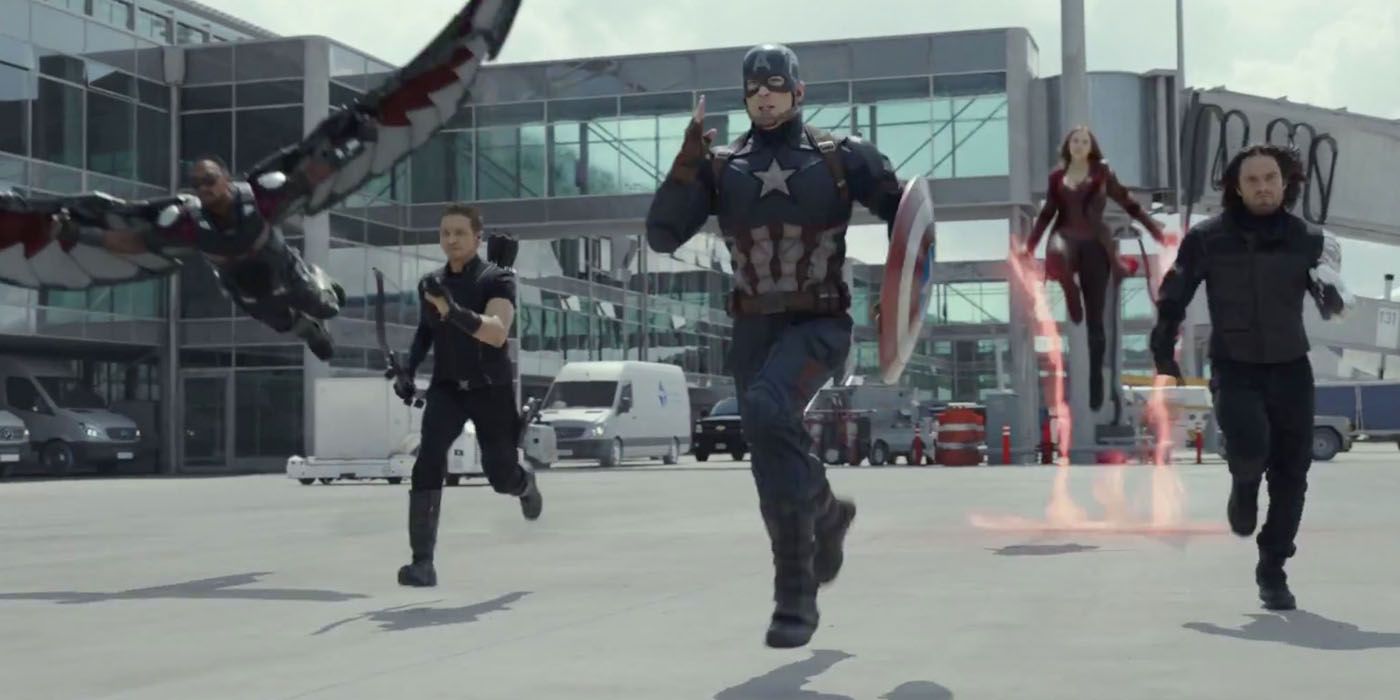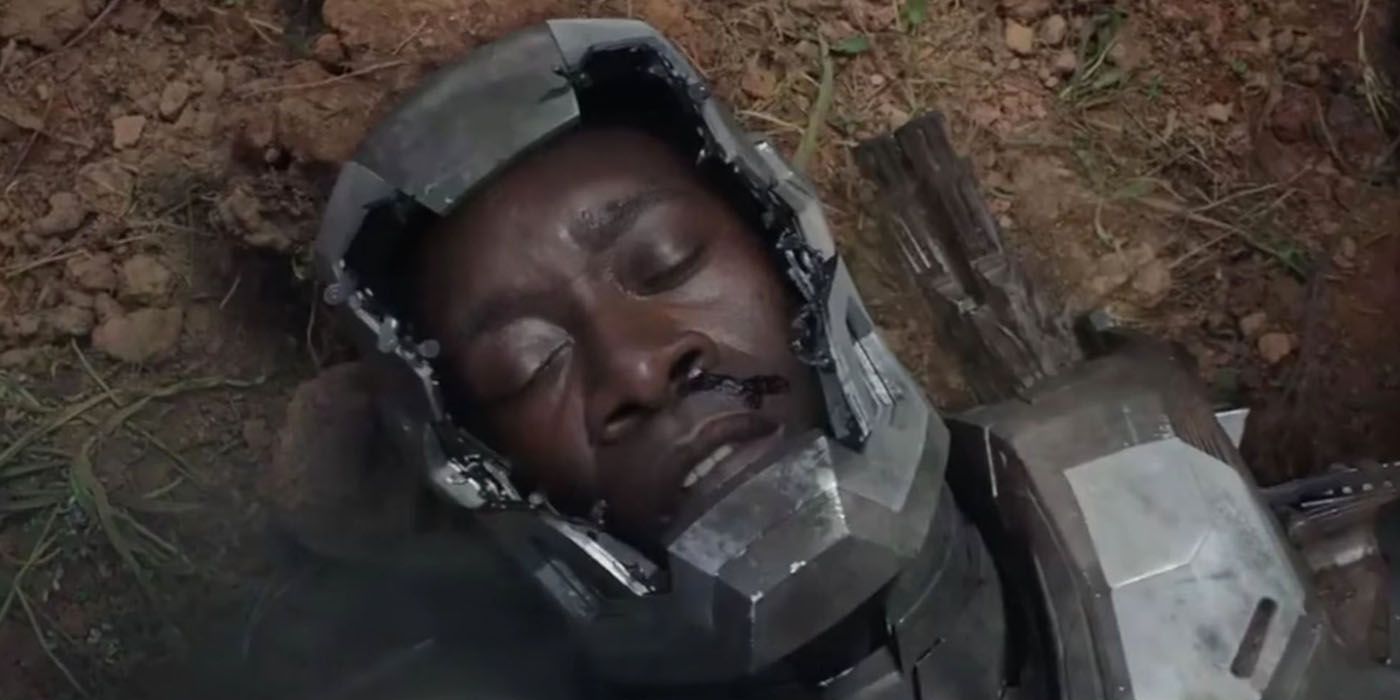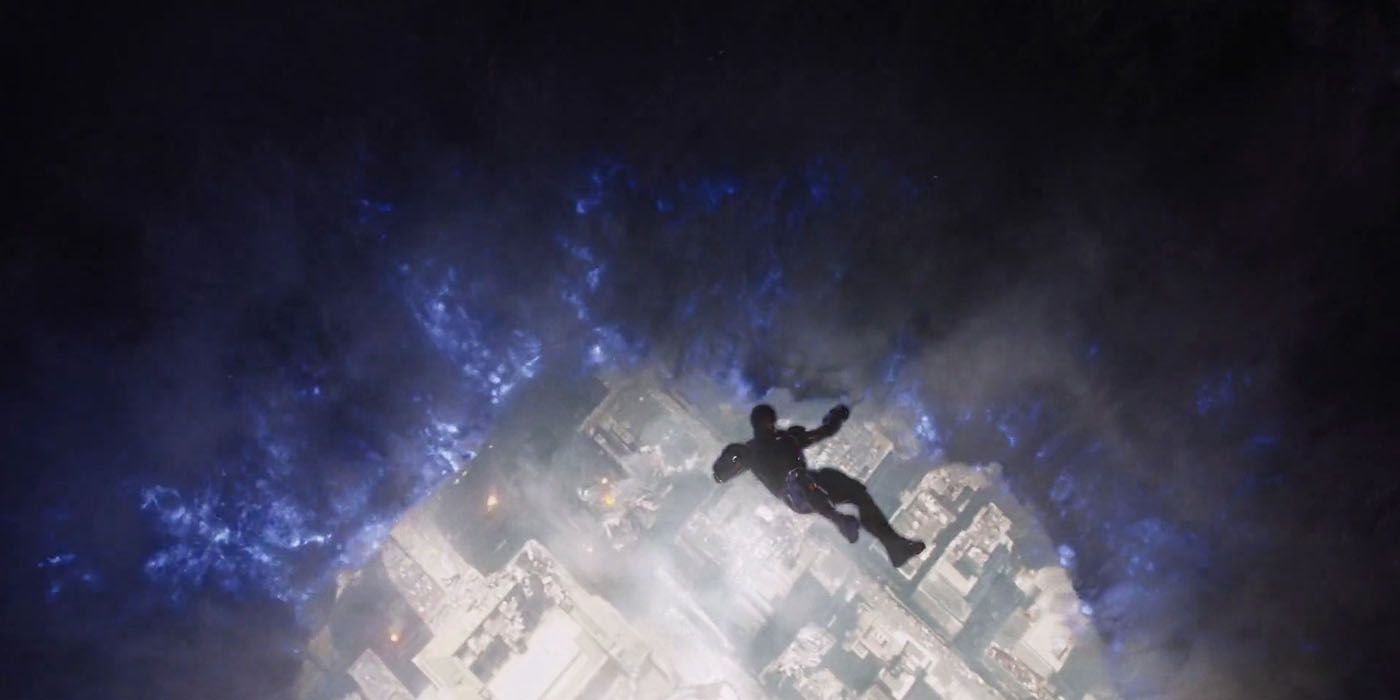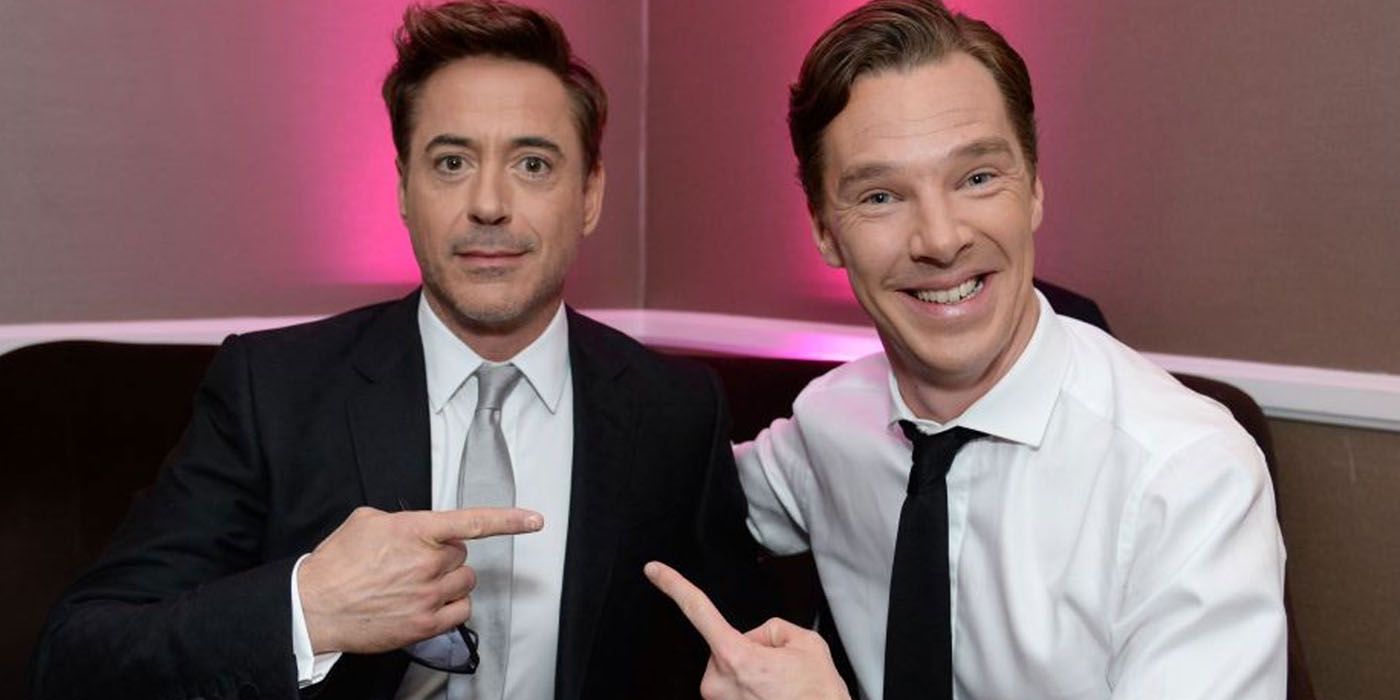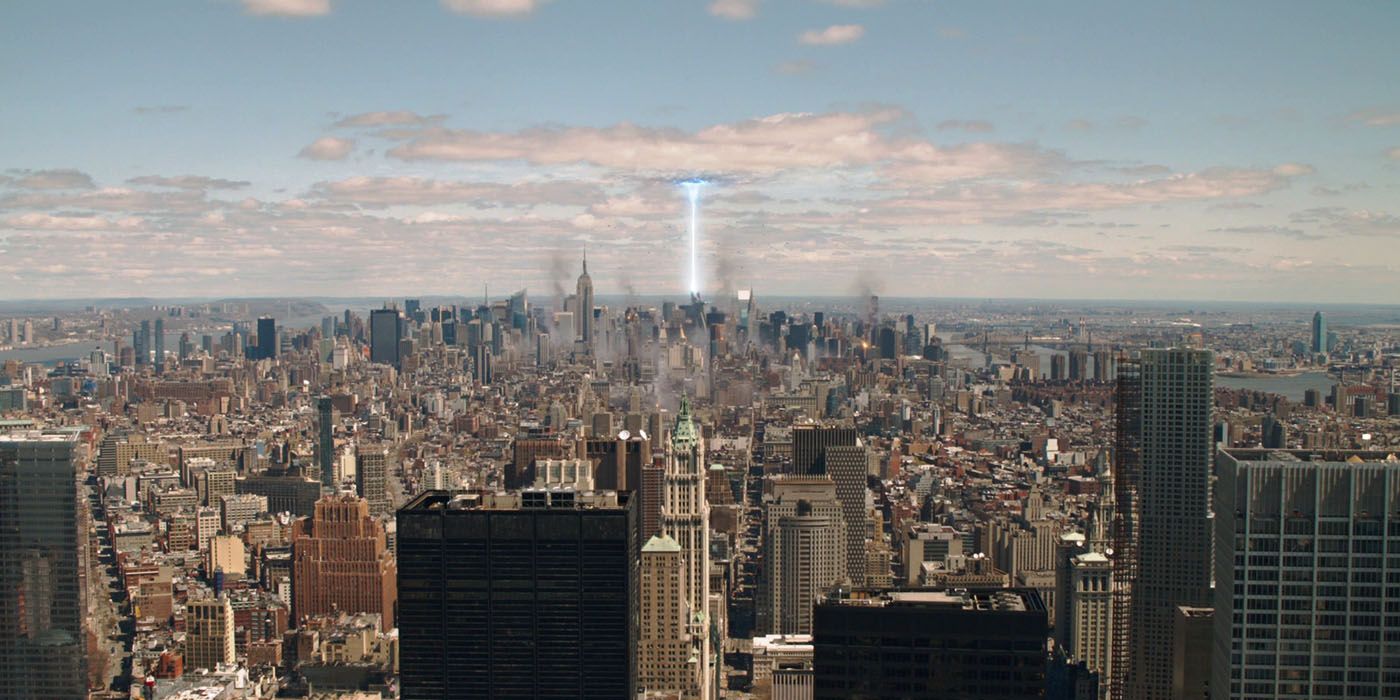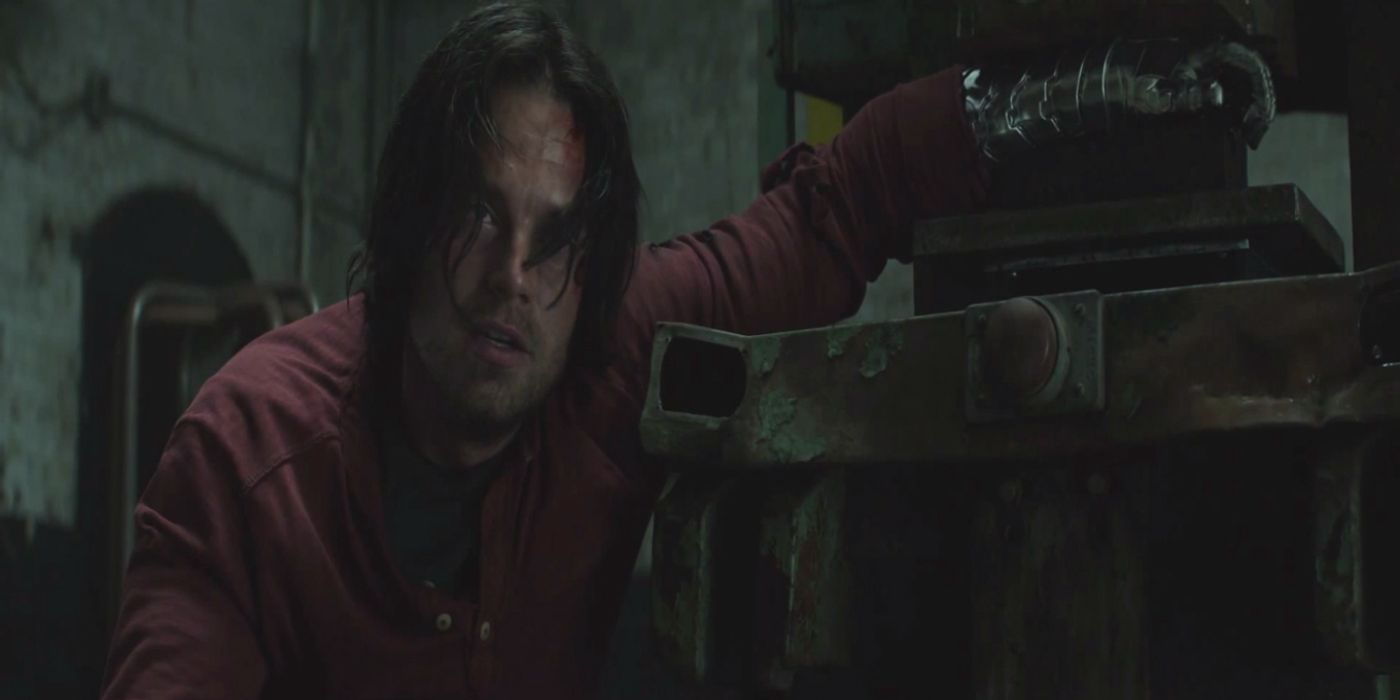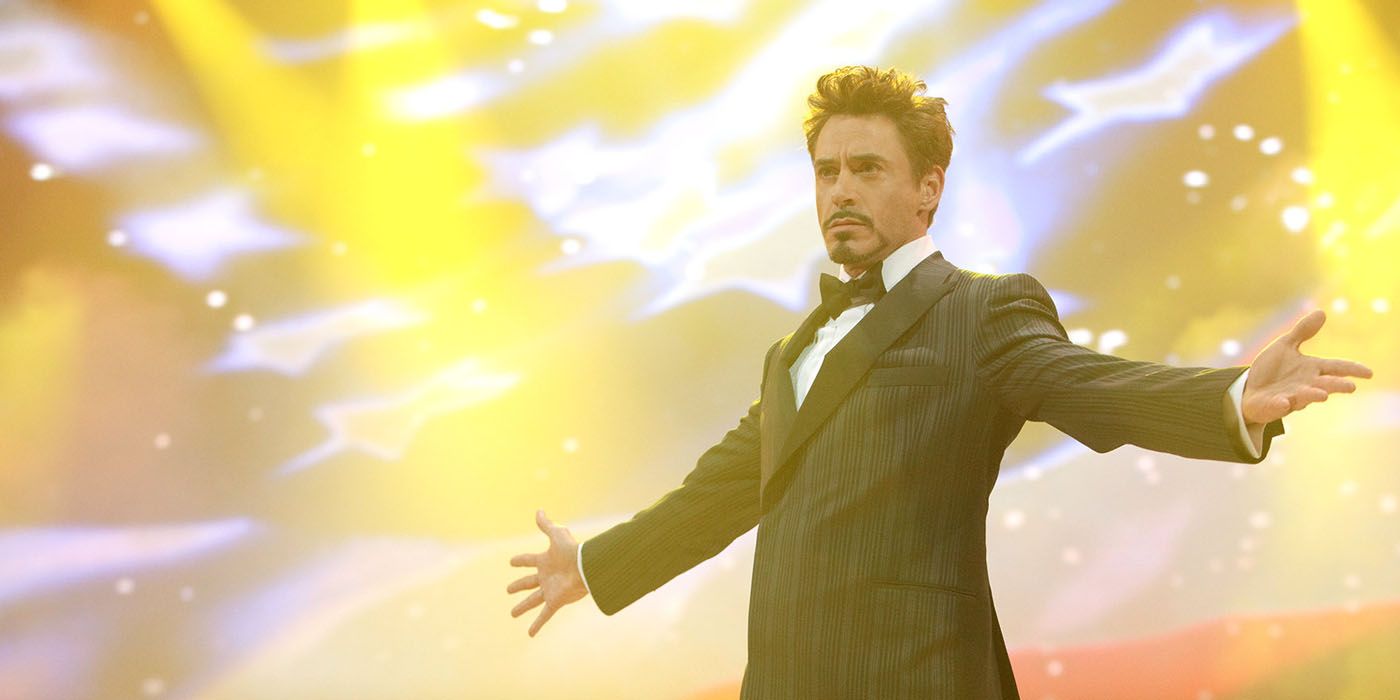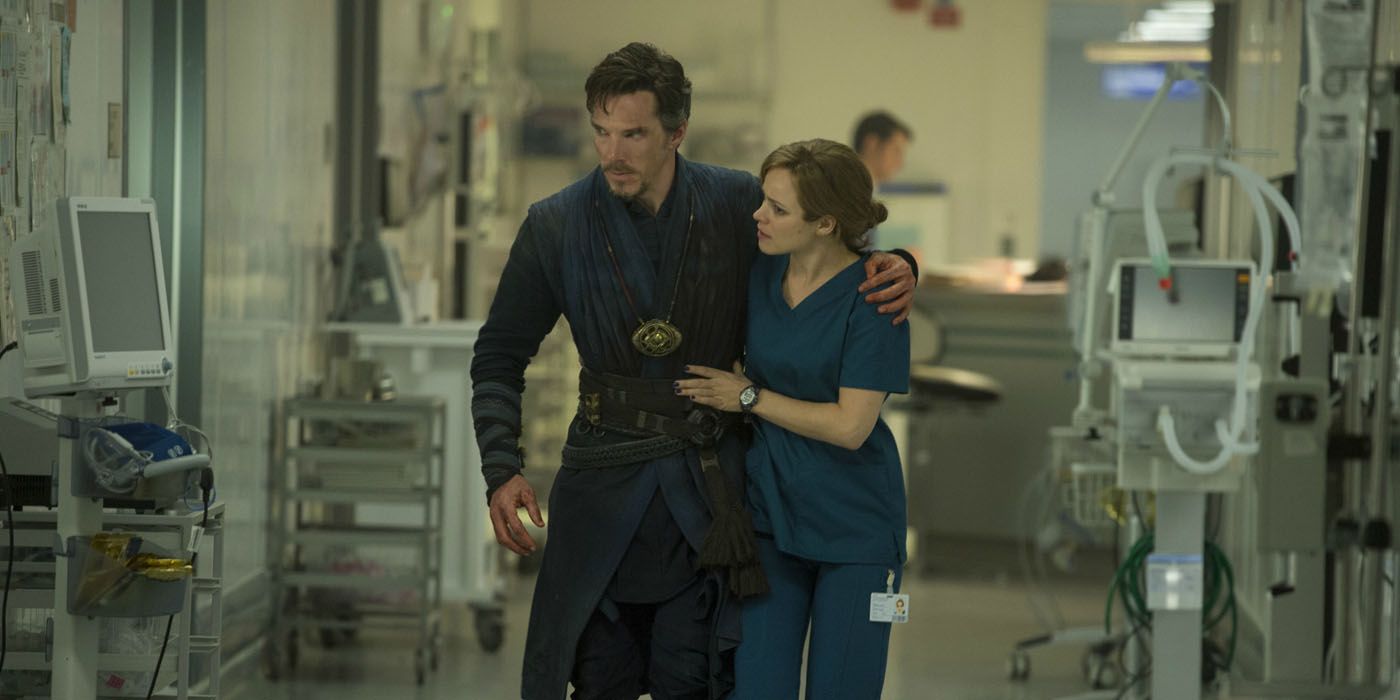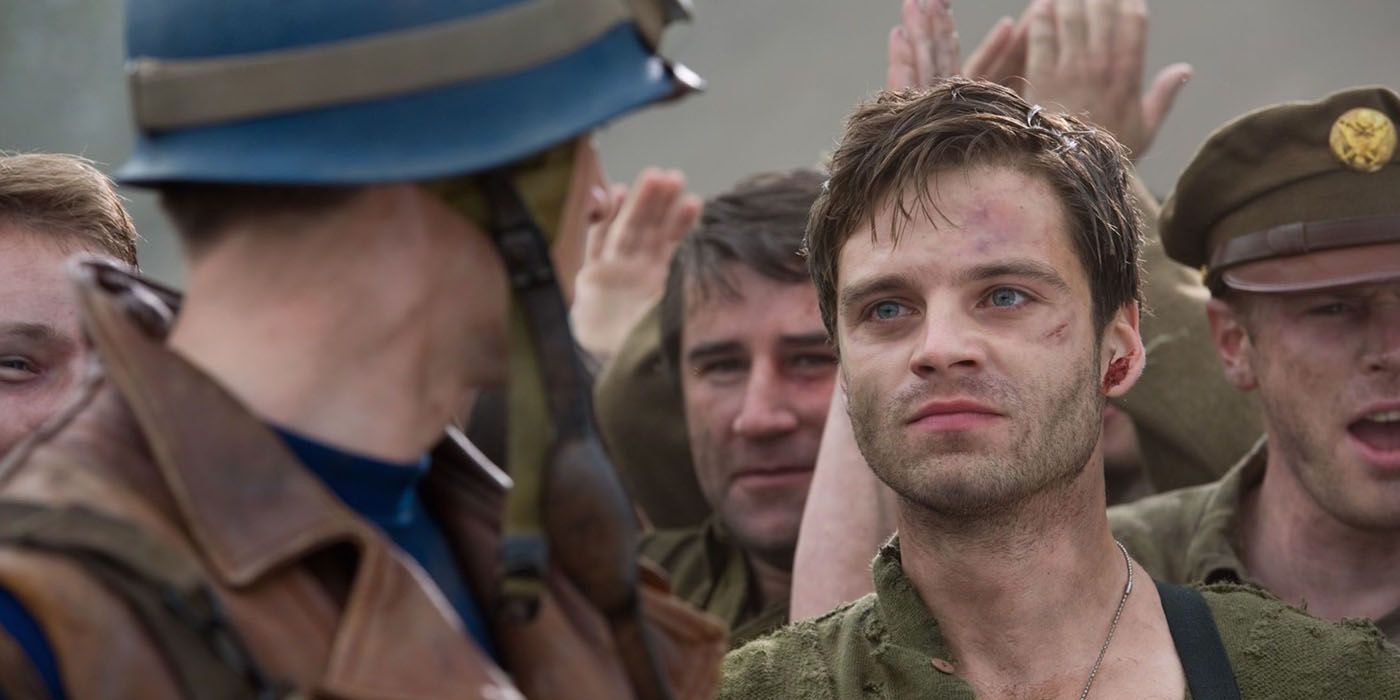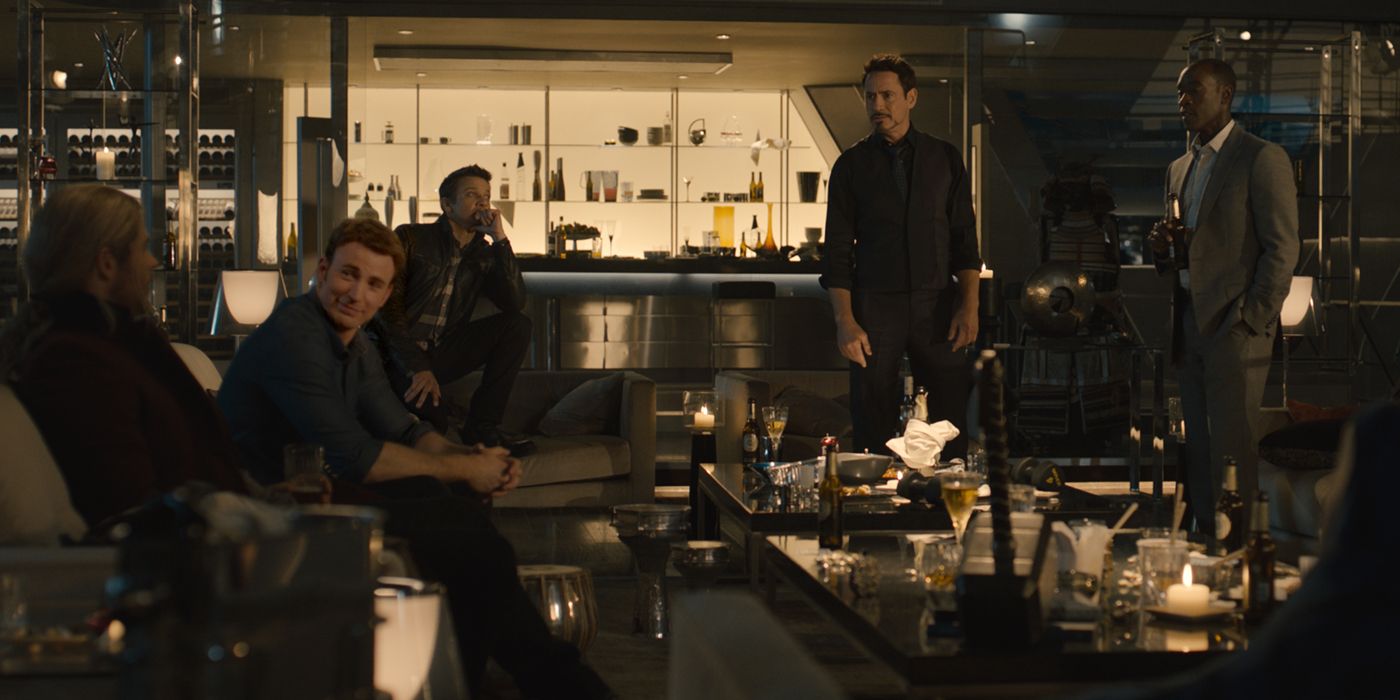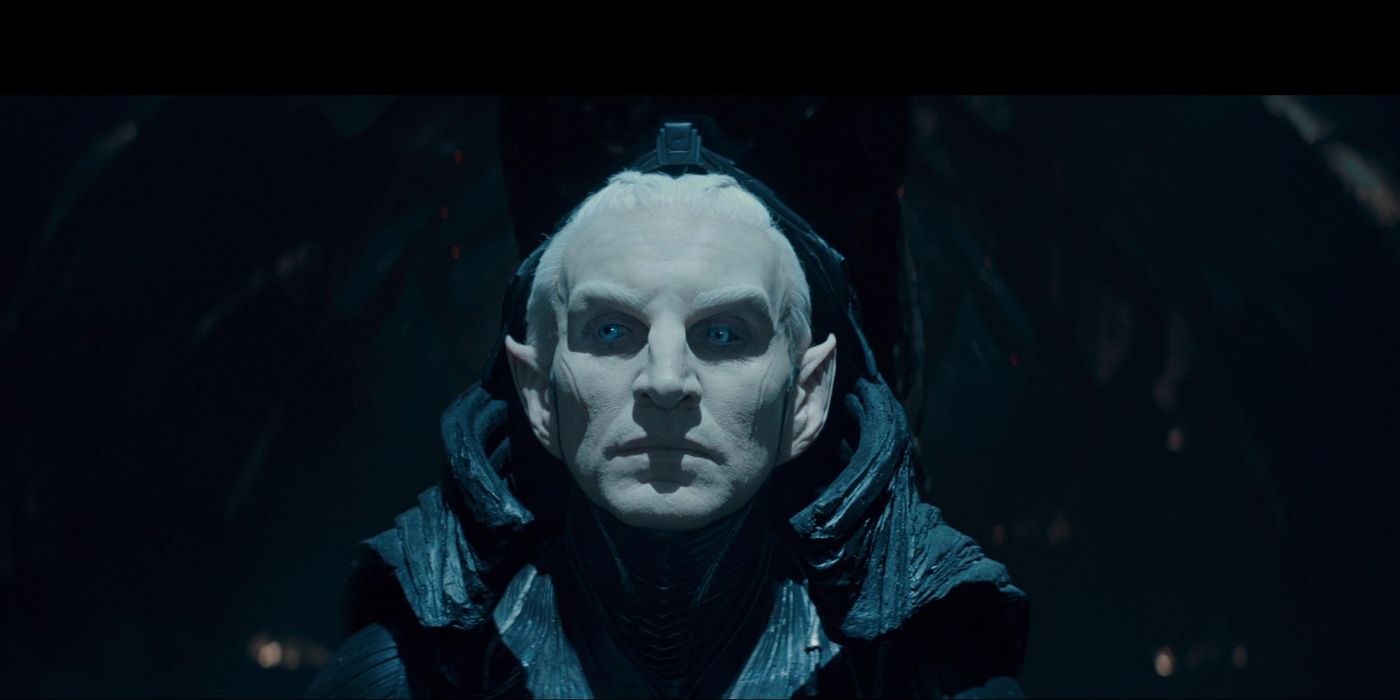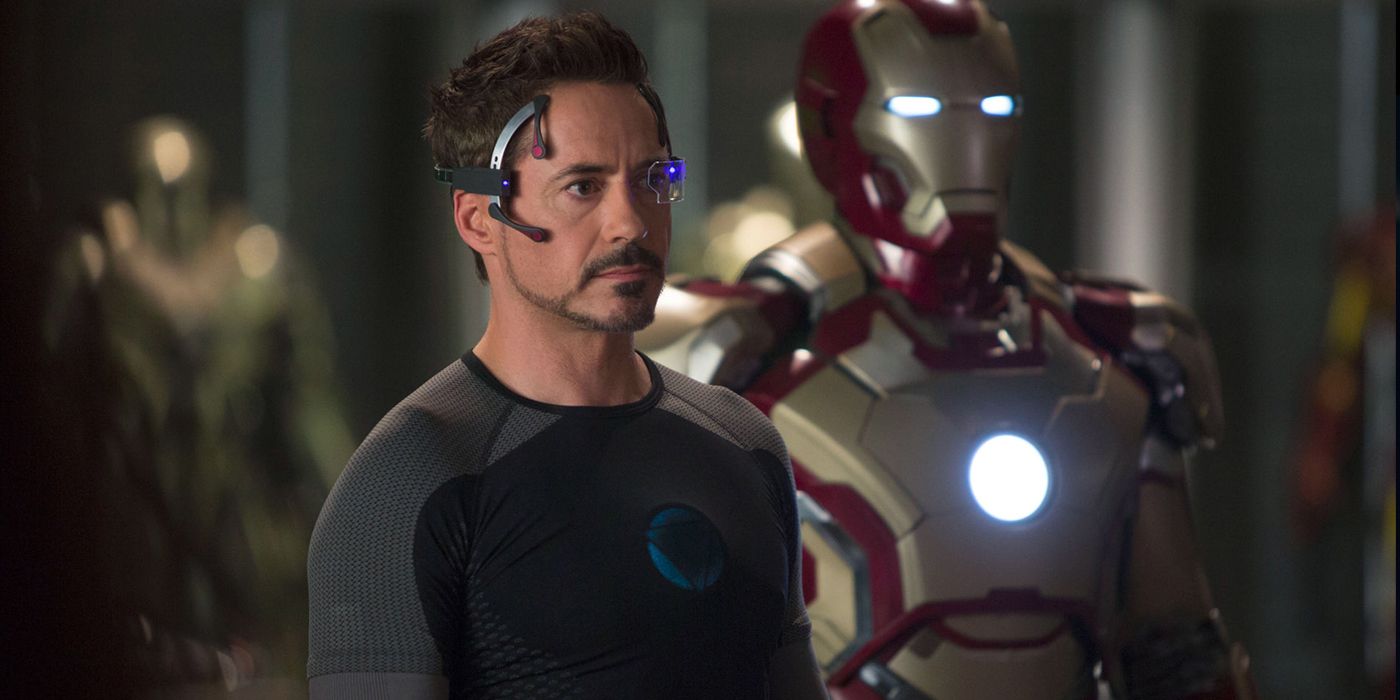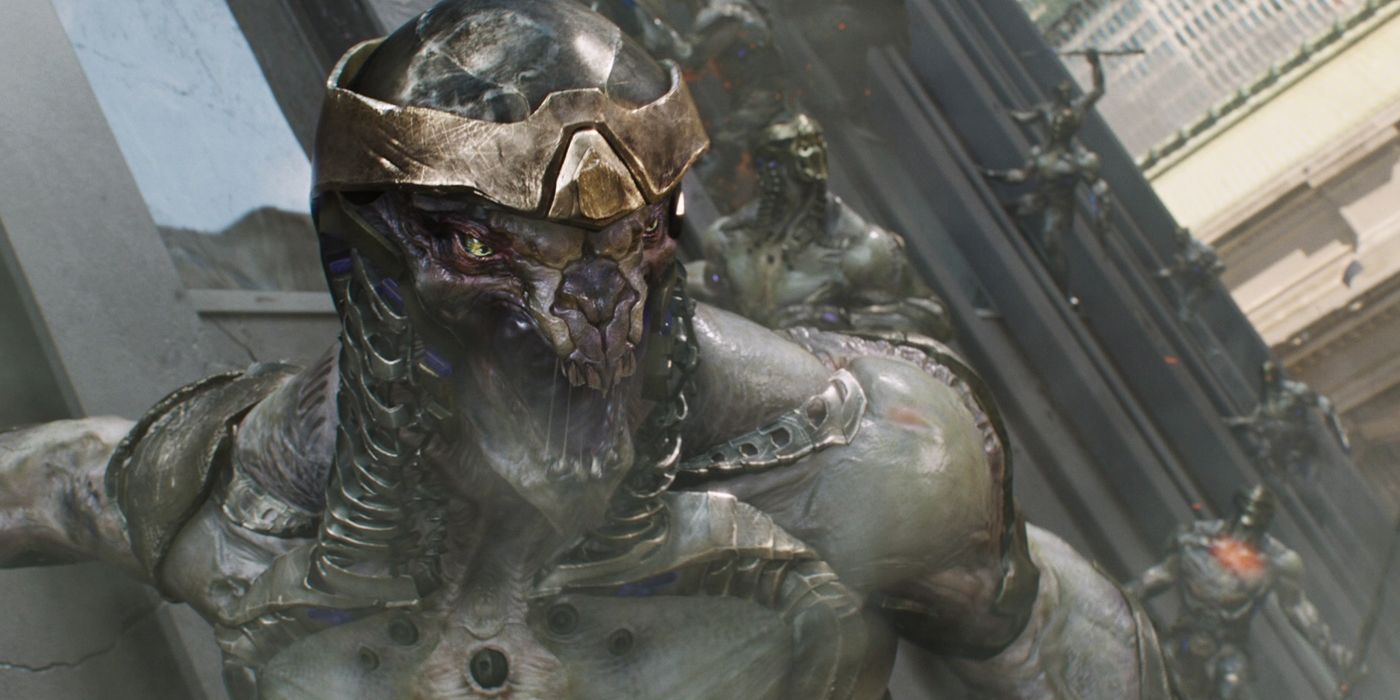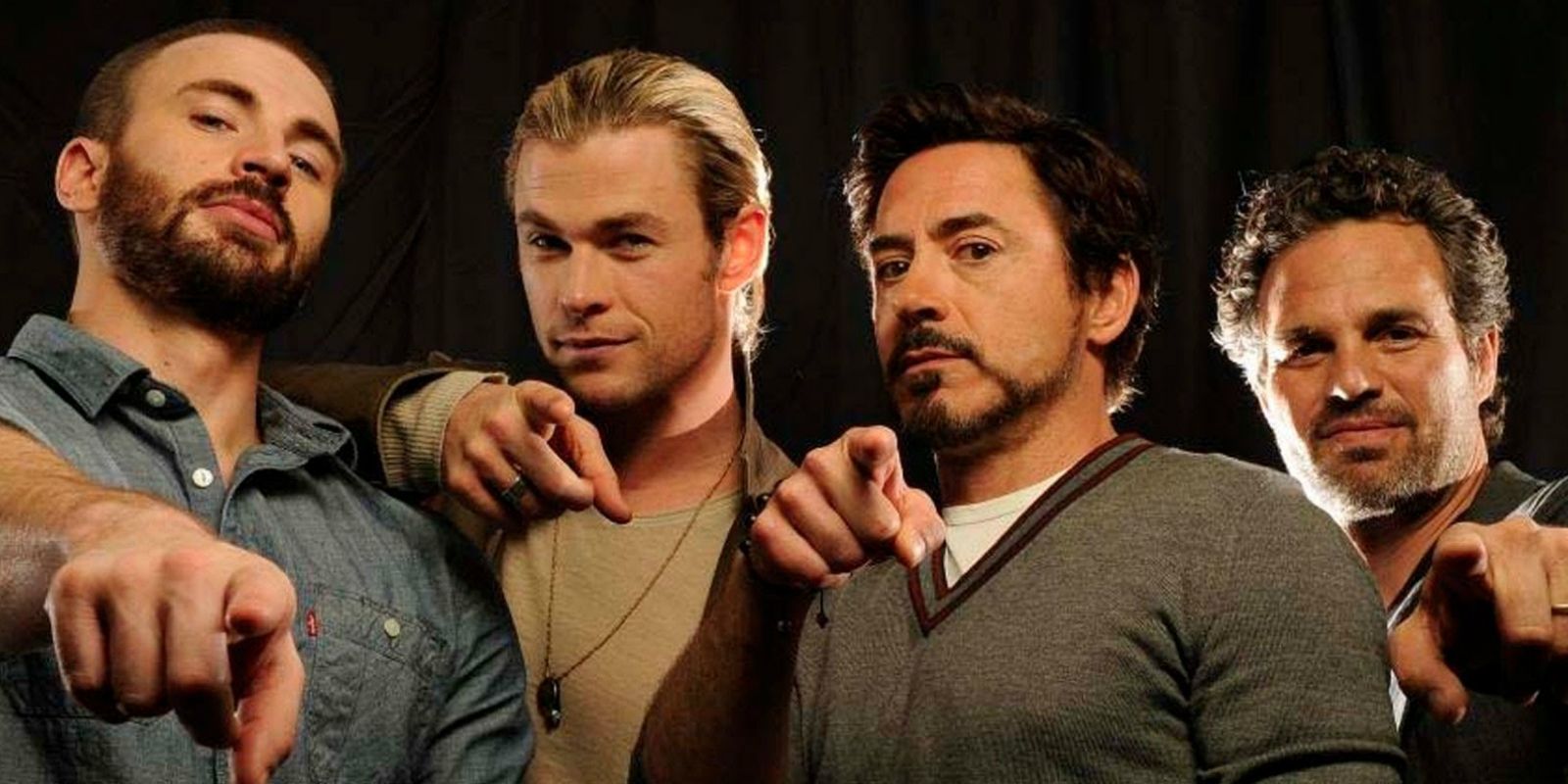SPOILER WARNING: The following list contains major spoilers for several Marvel Cinematic Universe films.
In 2015, the Marvel Cinematic Universe surpassed “Harry Potter” to become the highest-grossing movie franchise in history. The behemoth that begun back in 2008 with the “Iron Man” (which, it’s easy to forget, was a huge gamble since it starred an actor whose career had yet to recover from jail time, on top of focusing on a superhero few filmgoers had heard of) has now grossed a total over $10 Billion across its 14 movies. More important than Marvel Studios’ financial success though, is that people actually like the movies. With both critical acclaim and a kind of fan love that you can't buy, the first real shared movie universe has brought comics to live-action filmmaking in an unprecedented way.
RELATED: Doctor Strange: 15 Things That Didn't (And Did) Work
However, the MCU is not without its problems. At this point, it’s clear that many of Marvels’ films share not just the same universe, but the same recurring problems that keep them from fulfilling their potential. With that said, here are the Marvel Cinematic Universe’s 15 biggest sins, which get more frustrating every time we see them.
15 Too Many Origin Stories
One of the great advantages of telling stories in a shared universe is that you don’t have to spend time establishing a new world. So why, then, does every non-sequel Marvel movie still insist on spending an hour introducing a non-super person into its super-powered world? As the most recent at the time of writing this, “Doctor Strange” is the most egregious example. Instead of jumping right into a story where the Sorcerer Supreme is already operating, it seems to think we need to have our hands held and be taught about magic alongside the amazed protagonist.
In a totally new universe, this could make sense (like with the first "Iron Man" film). However, everyone seeing “Doctor Strange” already knows that there’s magic, gods, and Hulks running around everywhere. We don’t need to be guided into the Marvel Cinematic Universe the same way anymore. In fact at this point, it’s safe to say most viewers know more about the MCU than some of the characters in it. “Ant-Man” tries to parody this by highlighting how goofy and underwhelming his powers are, but seeing as the upcoming “Captain Marvel” is reportedly yet another origin story, it doesn’t look like anyone got the message.
14 Not Enough Color
This is a complaint about the MCU that cinephiles have tried for years to explain, but it can seem a little technical to the non-initiated. Fortunately, a recently released video essay demonstrates perfectly. While the most obvious color issues are attributed to DC for the cold, washed out palette of “Man of Steel,” Marvel offends in a subtler way. For such a fun, magical world of possibility, they are simply not very bright or colorful.
As the video explains, this is partially because, for whatever reason, the parts of scenes that should generally be black are actually light grey, which lowers contrast, and makes it harder for the colors to pop. In the worst offender, “Captain America: Civil War,” the dominant color of scenes filled with over a dozen colorfully costumed heroes is… gray. But, you might say, isn’t it ultimately subjective? Sure, but the real problem is less any individual film than the fact that every Marvel movie has the same coloring regardless of content. Maybe you think “Civil War” should be pretty gray, for that political thriller feel, but then why is the comical “Guardians of the Galaxy” colored the exact same way?
13 Heroes Don’t Need To Worry About Death
It’d be wrong to say no one dies in the Marvel Cinematic Universe. Peggy Carter, Tony Stark's parents, Quicksilver, and several hordes-worth of unmemorable villains have passed both on and offscreen. However, the deaths never feel like they matter. Even putting aside how no lead heroes can die (at least until their actors' contracts are up), there hasn’t even been a prominent death involving anyone close to any main characters, with the exception of Peggy, whose death of old age is completely unrelated to the actual story.
Instead, we get fake outs like Rhodey’s fall in “Civil War.” When a movie really needs a death, it will introduce a new character like Quicksilver and kill him off later, which fails because neither the audience nor the characters we're close to have had enough time to start caring. The one exception would be Agent Coulson, but he was immediately brought back to life before the series premiere of "Agents of S.H.I.E.L.D."
The MCU wants to have the gravity of an ongoing saga without any of the tragedy and sadness needed to create one. Ironically, it’s the exact opposite problem of comics, where a revolving door of deaths and resurrections makes even high profile deaths like Wolverine's meaningless.
12 The Wormhole Loophole
When Benedict Cumerbatch's Doctor Strange enters the Dark Dimension to face Dormamu, we see in the background what must be the first ever cinematic representation of “Kirby Dots,” the psychedelic clumps used by pioneering artist Jack Kirby to create Marvel Comics’ trademark magical and cosmic feel. Everything else in the scene, though, looked exceedingly familiar. How many of Marvel’s movies spend an hour and a half building up to the peak of a huge confrontation, only to have someone just dive into a portal and float around for bit in the exact same way?
And whether it’s Ant-Man in the Quantum Realm, Doctor Strange in the Dark Dimension, or Tony Stark in… wherever he is at the end of “The Avengers,” all these places look virtually the same. A background of purple and blue glowy stuff, add some nebula-looking things, a few bright blue and yellow gobs of something, and a vague shape that’s related to the hero, and you’ve got the latest not-very-alternate dimension. With hundreds of millions of dollars and so much comic history to draw from, this is something the MCU can definitely do better.
11 Stephen Strange = Tony Stark?
When Stephen Strange is urged by Baron Mordo to kill zealots, he nearly refuses, because his oath as a doctor is to “do no harm.” This is immediately dropped, and with it goes just about the only piece of Stephen Strange that doesn’t seem drawn right from the Tony Stark template. A wealthy, incredibly skilled, famous, and arrogant guy who pushes away those close to him gets taken down a few pegs after a life-threatening accident, and responds by learning to become a less selfish (but still arrogant) superhero? The character journeys are practically the same.
The issue isn’t that “Doctor Strange” is ripping off “Iron Man” or anything, as the movies are certainly different. But what they’re about is so boringly similar. Marvel’s huge production and promotional budgets have given the studio a built-in audience who will show up for any story they want to tell. “Guardians of the Galaxy,” an unknown comic even among comics fans about a team with as many trees as humans, proved this. Why go back to this same exact premise? Contrary to popular belief, rich white jerks are not the only audience for movies nor the only source of character depth for superheroes.
10 How Many Of These Big Beams Of Light Do We Need?
It’s not just wormholes, there’s another form of undifferentiated CGI mass (or energy in this case) that dominates the climaxes of Marvel’s films: the giant light beam. Marvel isn’t alone on this one at least; what TV Tropes calls the “pillar of light” has recently become the go-to for superhero blockbusters including “Man of Steel,” “Suicide Squad,” and “Fantastic Four,” but it’s the MCU that popularized it in the first place.
Starting with a smaller version in “Iron Man,” the MCU light pillar grows into the Bifrost bridge in “Thor,” and the Tesseract’s power in “Captain America: The First Avenger.” It’s “The Avengers” that really did it though, topping off a genuinely great action climax not only with the biggest light pillar yet, but also it lead to a wormhole! The overuse of this visual has reached the point that some critics were lauding “Civil War” simply for not having a city-destroying light pillar! Therefore, it's extra disappointing to see that “Doctor Strange” basically went with a fancier version.
9 Putting Endings In The Credits
“Thor: The Dark World” is considered one of the more hit-or-miss entries in the MCU, but one of its main weaknesses is not in the movie itself. A main thread of the plot is the relationship between Thor and Jane Foster, and how they can manage while residing literally worlds apart. After the events of the movie, Thor finally returns to Earth from Asgard to dramatically kiss his Earthly love, showing he won't let the distance keep them apart. It's also after the movie itself, because this scene happens after the credits.
That’s right, one of the key pieces of the story isn’t resolved until the point at which half the theater-goers have already left. And it’s not the only culprit: “Civil War” spends nearly two-and-a-half hours fighting over what to do with Bucky, who ultimately freezes himself in Wakanda for everyone’s protection. But apparently Wakanda isn’t enough of a hiding place, because he also decides to do it in the middle of the credits. This tendency is unprecedented in the history of movies, and arguably adds nothing, which means Marvel is dulling their endings’ impacts for no discernible reason.
8 Endings Reinforce The Status Quo
Even the endings we do get are increasingly unsatisfying. As an ongoing saga, Marvel films have the unique ability to build an evolving, ever-changing world in the same way as serialized TV. In practice, though, almost every significant plot development ends up getting reset back to where it began. “Civil War” made noise for the supposed irreconcilable rifts it caused between the Avengers, but in the end, Cap still leaves Tony a way to contact him, and along with it, no doubt that the team will reassemble without much trouble the next time they appear.
Similarly, “Winter Soldier” made a big deal about destroying the compromised S.H.I.E.L.D., yet before the movie even ends, all the characters we like (none of whom were involved) are already reassembling into a very S.H.I.E.L.D.-like team (even the TV series wasn't really impacted in any way), and in “Age of Ultron” they’re totally back. One of the few films to buck this trend, “Iron Man 3,” saw Tony Stark hanging up his Iron Man suit, to great effect. Too bad a year later “Age of Ultron” had him right back in it, with no meaningful reason beyond “the movie has to have Iron Man."
7 Shoehorned “Romances”
This one is pretty self-explanatory, so let’s go over the two different types of bad romances in the MCU. First is the most glaring: the romantic subplot between title characters and women who randomly fall for them, because someone at Marvel decided there had to be a kiss. Take Agent 13 in “Civil War:” a character Cap shares about five total minutes of screen time with in the entire series, but is bizarrely inspired to get with after the funeral of his first great love (who, by the way, is her aunt). Or Hope van Dyne, whose attraction to Ant-Man is so out of nowhere the movie literally tries to hide it.
That can be attributed to a case of underdevelopment, but worse is when the characters themselves clearly have no other reason to be there. When Stephen Strange’s ex, Christine Palmer, shares a single almost-kiss with Strange, it's totally out of nowhere. The scene, like her character, is so tacked on you barely even notice that she all but disappears for the second half of the movie, because she never has anything to do other than be exasperated by her ex. And let’s not even get started on the Hulk/Black Widow disaster.
6 Everyone is Straight
Of course, one way to make the MCU’s romances less forced would be to make them less straight. The fans out there shipping Cap and Bucky may not have made anything canon, but some of what they want actually wouldn’t be a bad idea. “Civil War” is ostensibly about Steve Rodgers going against the world to protect Bucky, so wouldn’t it be even more intense if romance was thrown into the mix? It’d be more interesting than the aforementioned Agent 13 stuff, at least.
Even if that can’t happen, it’s still extremely glaring that across fourteen movies, there isn’t a single LGBT character. And we’re not even talking about leads: of the hundreds of named characters in these movies, none have been acknowledged to be anything other than heterosexual. While it’s hard to get exact stats, somewhere between four and eight percent of the US population openly identifies as being LGBT. You'd think that by now, being 14 full-length movies into its shared universe, at least one character would be a member of the LGBT community. Their TV show is much better about this, at least.
5 Heroes Don’t Face Consequences For Their Actions
After widespread criticism of how “Man of Steel” had Superman effectively destroy an entire city without bothering to save anyone, Joss Whedon took pains to show the Avengers evacuating Sokovia in “Age of Ultron.” And taking it further, “Civil War” was about the public holding them accountable for the damage they still caused. But for all of Marvel’s films and filmmakers' talk about “accountability,” they barely ever provide it for their heroes.
The whole reason Sokovia is destroyed in the first place is because Tony Stark unilaterally decided to build an insane, uncontrollable robot with the power to destroy the planet. However, Stark’s horrible choice doesn’t just go unpunished; it’s never even mentioned after Ultron is defeated. In “Civil War,” both sides are supposed to see the horror of their infighting when Rhodey is paralyzed in battle, but it can’t even go that far, as the ending shows us that he'll be walking again in no time. Plus, the airport they destroyed over their difference of opinions isn’t even acknowledged! Considering how Marvel Studios began with "Iron Man," which was all about someone facing the consequences of a job involving weapons, it’s a pity they’ve regressed by so much since.
4 Not Putting Great Actors Talents To Use
What do Mickey Rourke, Christopher Eccleston, Rachel McAdams, Corey Stoll, Tadanobu Asano, Judy Greer, William Hurt, Alfre Woodard, Adewale Akinnuoye-Agbaje, and Rebecca Hall all have in common? For one thing, they’re incredibly talented actors. What we’re going for, though, is that their talents are almost totally wasted by the Marvel films they’re in.
Some are casualties of the bad romantic subplots we previously mentioned, like McAdams in “Doctor Strange” or Greer, who, instead of unleashing her normally hilarious comedic chops, spends most of her time in “Ant-Man” making sad faces at Paul Rudd. Others we just don’t get to see enough of, like Asano’s Hogun in “Thor,” or are stuck in one-off scenes that only serve to motivate a main character, like Woodard as a bereaved mother confronting Tony in “Civil War.”
Worst, though, are the ones who get so covered in CGI and makeup they barely even get to do any acting. Christopher Eccleston’s singularly odd energy as the Ninth Doctor helped make “Doctor Who” a worldwide phenomenon, but the Dark Elf Malekith whom he plays in “Thor: The Dark World” is so inexpressive it could have been anyone under the mask.
3 Forgettable Musical Scores
The other top complaint among the film community is a bit easier to understand: Marvel’s generic, unmemorable musical scores. We're not talking about songs like "Iron Man" by Black Sabbath, or AC/DC's contributions to soundtracks, but rather the musical scores composed for the films. Can you hum any of the Marvel movie’s themes? There are a few reasons behind it. One is that even when the scores are good, the movies contain so much dialogue that you never really get to hear it the same way you would in something like “Star Wars.”
That’s when they're good though. The other issue is that, instead of going for a strong sonic voice, the MCU frequently defaults to what sounds like the diet version of Hans Zimmer’s minimalist score for “The Dark Knight.” Only a few notes, no melodies interesting enough to distract (or be hummed), and always echoing the tone of what’s happening rather than enhancing it. Only a few of the films manage to avoid both traps: Alan Silvestri’s score for the first “Avengers” features a fairly memorable theme, while more recently, “Doctor Strange” does manage to let film-score-enthusiasts' favorite, Michael Giacchino, audibly do his thing. Let’s hope it’s the start of a more permanent change.
2 Uninteresting Villains
This may be the most common criticism, and it’s with good reason. Above all, what makes the Marvel Cinematic Universe work is its characters, but with the exception of Loki, no one's coming back to see the villains. Whiplash, Malekith, Ultron, Yellowjacket, the ever-hyped, but so far bland, Thanos, and even the first Captain America movie’s Red Skull are barely memorable, and their solo scenes are spent setting up plot while the audience waits to get back to the heroes and their crew.
Unlike some of the other issues here, we’re not sure what's behind it. For all we’ve criticized it here, “Doctor Strange” is actually a recent improvement, thanks in no small part to Mads Mikkelsen’s ability to make Kaecilius’ nihilistic philosophy seem heartfelt. Could it be that the villains rarely get to do the one thing that defines Marvel’s heroes the most: be funny? After all, other than Loki, Marvel’s most entertaining (if polarizing) villain is Mandarin-fake out Trevor Slattery, because putting drunk Ben Kingsley onscreen is hilarious.
1 All 14 Movies Have White Male Leads
From 2008’s “Iron Man” to this years “Doctor Strange,” Marvel has released 14 movies. In all 14, the leads are white men, and, barring a schedule change, the streak will reach 17 before finally ending with “Black Panther” in 2018. Rationalizations, excuses, and “commercial reasons” for this have been thrown around for years, but regardless, Marvel Studios certainly acts like “6'2" white guys named Chris” is a more important part of the the population to focus stories on than anyone who isn’t male or white (or straight).
Unlike the wholesale lack of lack of LGBT characters, there are plenty of female and people-of-color characters in the MCU, but the message Marvel is sending, intentionally or not, is still clear: none of them are worthy enough to lead a film of their own. How many of Marvel’s films follow the “lead white guy + POC sidekick” formula at this point, five? Kevin Fiege and the other people running Marvel studios have spent years talking about how they want to change this, but considering it took them ten years to care enough to actually do it, it’s not exactly a heroic move.
Got a Marvel movie sin we missed? Or maybe you're a huge wormhole fan? Comment and be heard!

